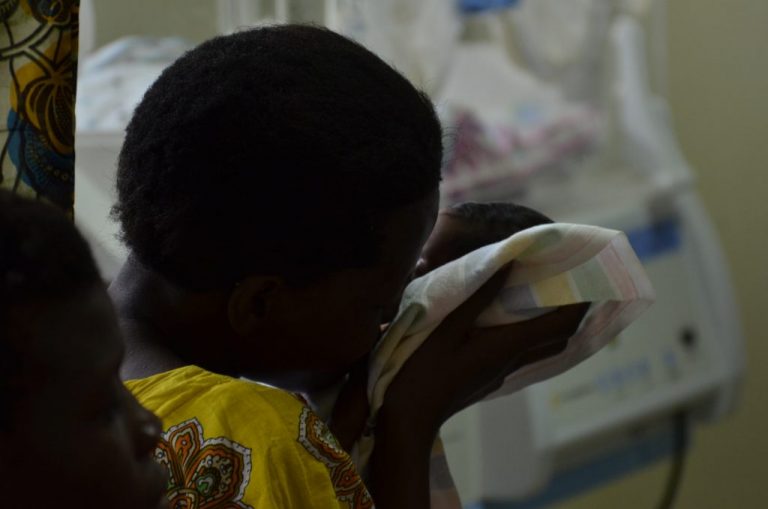Uganda has made great strides in improving maternal and neonatal outcomes, but there is still work to be done. Both the maternal and neonatal rates are higher than targets set out by the Sustainable Development Goals. The Preterm Birth Initiative (PTBi) Study has been monumental in improving outcomes for mothers and newborn babies in the Busoga region through data strengthening, promoting safe childbirth, training, and quality improvement programs. Through these efforts, another population was found to have large excessive mortality – babies over 2500 grams. It is no surprise that big babies should survive, however, an interesting use of data on survival of big babies is using it to proxy potential maternal deaths. Obstructed or prolonged labor and complications from disease can cause mortality in mothers and big babies. Improving care for the survival of big babies can have profound effects by highlighting and addressing gaps in basic care.
I have spent the last two weeks of May at Iganga General Hospital examining why there is excessive death of big babies at the facility focusing on fresh stillbirths and neonatal deaths. Using data from PTBi, I identified cases of interest to create a retrospective timeline of maternal care. After searching through for the records of interest, something I noticed was the lack of information contained in them. Many of the records are incomplete with pages of informational partially or not completed. When speaking with staff about this, a common theme was it was difficult to maintain detailed records with the care load each team member was responsible for. Understandably, a greater emphasis was put on providing necessary care to patients than pausing for notetaking. The time I spent in the ward observing reflected this reality. With only one midwife attending to a birth, it can be difficult to adequately take care of the mother while trying to complete documentation.
Therefore, the documentation is completed at some point after care is given, which may be less detailed and less accurate. From the data that is available and supplemented by interviews with staff, some of the excessive fresh stillbirths can be attributed to poor referral chains. Over half of the deaths we looked at were referral cases and one staff member noted that often mothers arrive without a fetal heart beat due to delays in getting transportation. For stillbirths with mothers who arrived with a fetal heartbeat, some can be attributed to poor surveillance. The WHO recommends a fetal heart rate be taken every 30 minutes. Based on records and observation, this is not being done due to understaffing. Therefore, critical moments may be missed to improve survival rates.
While staffing and caseloads are a tremendous problem, it is also compounded with the need for supplies. The facility does not have adequate supplies for its caseloads and patients are often required to provide the necessary supplies for care. While all the cases I witnessed were of mothers who could obtain the necessary supplies quickly, it is not surprising that there are cases of mothers who cannot due to financial or other burdens. This hinders appropriate care and is a contributor to mortality rates at the facility. Especially for C-sections, most people report it takes an hour or more to procure. While emergencies will be taken care of, in the time it takes to gather supplies compounded with poor surveillance of mothers, conditions can change leading to poor outcomes.
My two weeks in Iganga were very insightful. I am grateful to all the staff for welcoming me and their willingness to participate in my research. I am now on a similar process at Jinja Regional Referral Hospital. I look forward to the insights that will be gained here and comparing the needs of the facilities.
This blog post was orginally published on the Makerere Centre of Excellence for Maternal, Newborn and Child health website.

